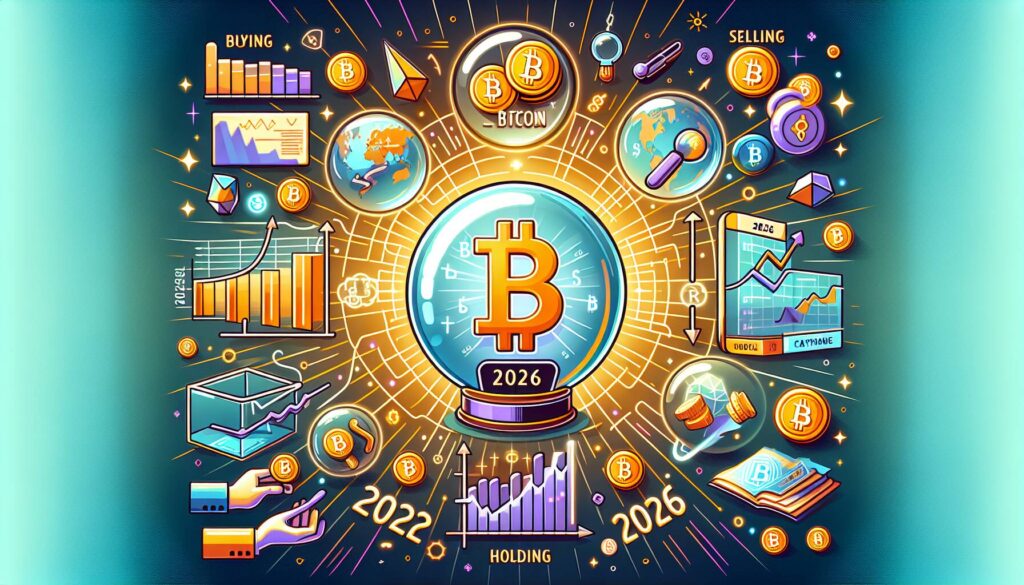In a significant move for the cryptocurrency sector, several major banks and traditional financial institutions are gearing up to leverage the Solana blockchain for their tokenization initiatives. This partnership is taking shape thanks to a collaboration between R3, a UK-based developer specializing in blockchain technology for financial services, and the Solana Foundation. Together, they aim to integrate R3’s clients and their tokenized real-world assets onto the Solana blockchain, enhancing the efficiency and accessibility of these digital assets.
R3, known for its blockchain platform Corda, currently manages over $10 billion in assets, attracting the likes of major institutions such as HSBC, Bank of America, the Bank of Italy, and the Monetary Authority of Singapore. Tokenization, the process of converting physical assets like stocks and bonds into digital tokens for trading on decentralized networks, is rapidly gaining traction in the financial sector. A recent study by Boston Consulting Group and crypto payment provider Ripple has estimated that the tokenization market could soar to an impressive $18.9 trillion by the year 2033.
The collaboration between R3 and Solana aims to significantly enhance the scale and liquidity of the tokenized asset ecosystem, making these assets accessible on a public blockchain. While Solana’s total asset value may be less than that of Ethereum, it is notable for its ability to process a higher volume of transactions and maintain a greater number of active addresses. As R3 stated, “Solana … [is] the ideal foundation for the next generation of regulated digital finance.” This development could mark a pivotal shift in how traditional financial players engage with the burgeoning world of cryptocurrency and blockchain technology.
Impact of Large Banks Utilizing the Solana Blockchain for Tokenization
The collaboration between large banks and the Solana blockchain sets the stage for significant changes in financial transactions, asset management, and the broader economy. Here are the key points:
- Partnership Between R3 and Solana Foundation:
- R3, a developer of blockchain technology for financial institutions, aims to leverage Solana’s capabilities for client asset tokenization.
- Significant participants include major banks such as HSBC and Bank of America.
- Tokenization of Real-World Assets:
- Tokenization refers to converting physical assets like stocks and bonds into digital tokens.
- This process enhances liquidity and accessibility to various assets for investors.
- Market Potential:
- The tokenization market is projected to reach $18.9 trillion by 2033 according to a report by Boston Consulting Group and Ripple.
- This rapid growth indicates a shift in how value is exchanged and stored in the coming years.
- Advantages of Solana:
- While lower in total asset value compared to Ethereum, Solana boasts higher transaction speeds and more active user addresses.
- R3 highlights Solana’s ability to support the next generation of regulated digital finance.
- Broader Implications for Readers:
- As tokenization becomes mainstream, individuals could gain easier access to investment opportunities traditionally limited to institutional investors.
- Advancements in blockchain technology may ultimately offer safer, more transparent financial transactions.
Traditional Finance Embraces Solana for Tokenization: An Industry Shift
As traditional financial institutions slowly embrace blockchain technology, a notable partnership between R3 and the Solana Foundation marks a pivotal moment for the sector. This collaboration aims to usher in a new era of tokenization, with notable players like HSBC and Bank of America poised to explore asset digitization on Solana’s blockchain. While this initiative promises to enhance the operational efficiency of financial products by facilitating real-world asset tokenization, it also highlights a competitive landscape that presents both advantages and challenges in the evolving financial ecosystem.
Competitive Advantages: Collaborating with one of the most prolific blockchains, Solana, allows R3 to offer its clients improved transaction speeds and lower costs compared to alternative platforms like Ethereum. The potential scalability of Solana is particularly attractive, positioning it as a frontrunner in the race for mainstream adoption. Moreover, the projected growth of the tokenization market to $18.9 trillion by 2033, as highlighted by Boston Consulting Group and Ripple, means that early adopters in this space could significantly benefit from increased liquidity and market share.
On the flip side, Disadvantages: Solana’s lower total asset value compared to Ethereum could raise concerns for legacy institutions that are relying on the credibility of their platform. Additionally, potential technical glitches or downtimes that Solana has experienced in the past might deter some investors, causing them to hesitate in fully committing their assets to this new ecosystem. There is also the inherent risk associated with regulatory changes in the blockchain space, which could impact how these tokenized assets are treated legally.
This strategic move by R3 and Solana seems especially beneficial for large traditional banks looking to innovate while keeping up with the pace of fintech development. However, for smaller banks and financial institutions, this initiative could present challenges, as they may find it more difficult to compete in a landscape dominated by bigger players who have the technological clout and resources to leverage blockchain effectively.
















